There are three times throughout Pokémon Legends: Arceus where a different NPC faces your character and gives them an ominous warning: “Pokémon are terrifying creatures.” For as adorable as they are, Pokémon can electrocute, burn, freeze, and generally hurt you in unimaginable ways. The phrase is a principle at the core of this Switch title’s gameplay, but also its story.
It’s true that Pokémon Legends: Arceus radically changes how a Pokémon game should play, largely for the better. But it also reexamines the role that Pokémon has in a society dominated by their presence — instead of being everyone’s cute, cuddly companions, they are massive threats, quelled only through violence and assimilation. This theme manifests in systems focused on survival and strategy, creating a gripping experience that makes it harder to return to Pokémon games of yore.
Run for your life
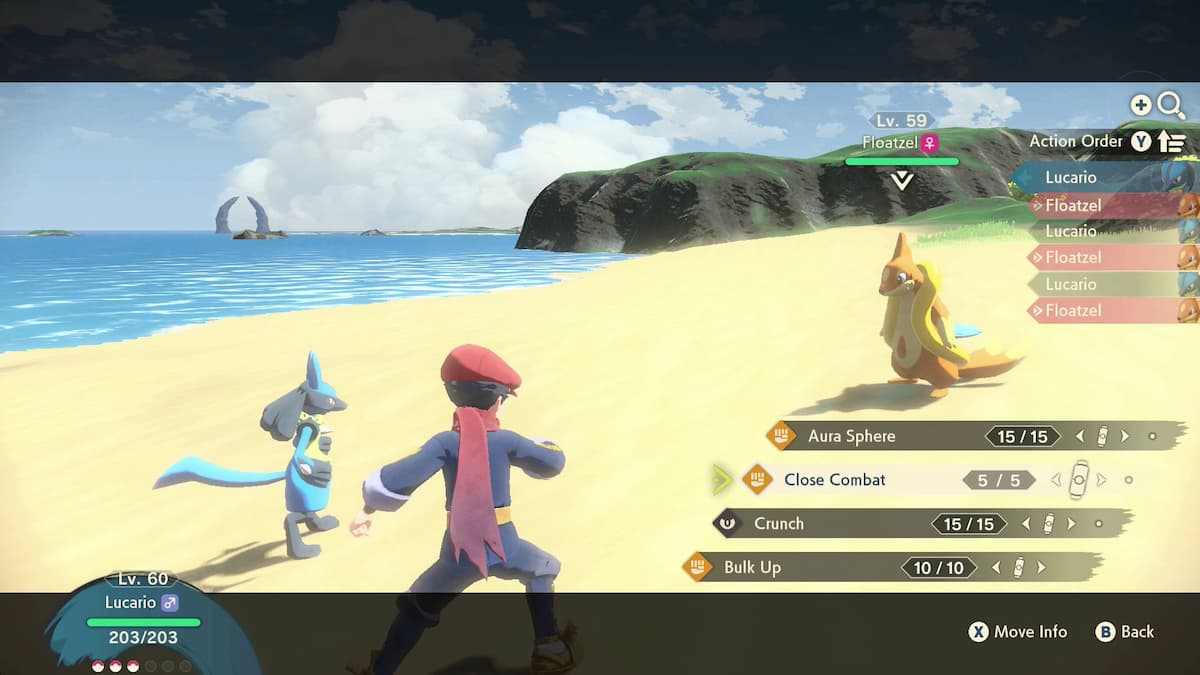
Resembling a more modern open-world RPG in terms of structure, Pokémon Legends: Arceus has you venturing out into different biomes to complete story objectives, all while you catch and battle wild Pokémon in between. Previous games have experimented with Pokémon roaming around the environment, rather than jumping out of tall grass for random battles. The difference here is that when a Pokémon notices you, there is imminent danger.
The sprint function has never been so important in Pokémon. These monsters will poison you, inflict psychic damage on you, and even put you to sleep. You’ll have to approach these situations in a more thoughtful fashion. Hide in tall grass (how the tables have turned), throw berries to bait them, or use special Pokéballs to catch them from afar.
Similar to Pokémon Go, the act of throwing a Pokéball is a much more active part of the game, as you will have to aim and arc properly. But in Legends Arceus, there’s an extra element of spatial awareness. You’ll likely miss a lot, or be spotted by an aggressive Pokémon, rendering your Pokéballs useless unless you stun or battle them. The UI of Legends: Arceus allows you to freely choose which items and party Pokémon to use in real-time, and once you toss one of your partners at a wild Pokémon, a more traditional Pokemon battle instantly begins.
Combat is still turn-based, but with the addition of Agile and Strong style moves, there are more strategic considerations. Agile style lowers power, but may give you an extra turn; conversely, Strong will increase your move power while possibly conceding a turn to your opponent. Displaying the turn order and having it shift depending on your choices is already an interesting layer. Having Pokémon battles in the game environment (you can even walk around during a battle, or get caught in the crossfire) turns this very standard component of Pokémon into something more visually dynamic.
Another RPG where you eventually fight God
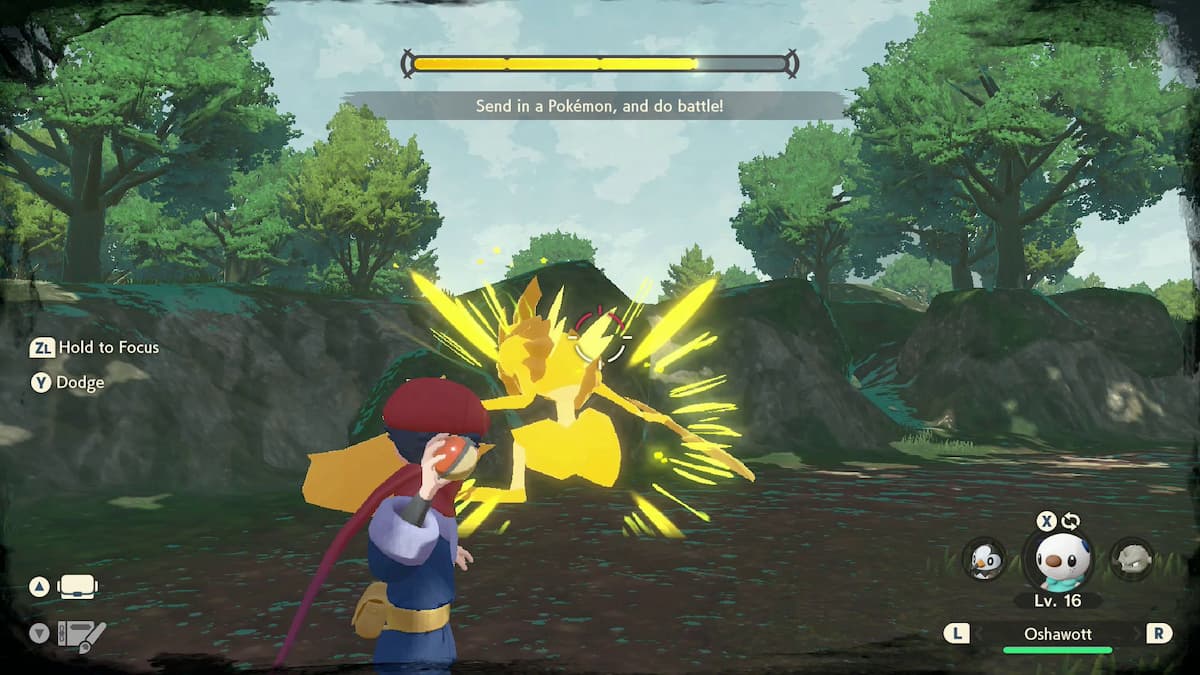
All of these gameplay systems serve your primary goal of filling out your Pokédex — compared to previous mainline Pokemon games, you will be catching an obscene number of Pokémon in Legends: Arceus. Pokémon games are usually grinds, but this is a grind in a different way: to increase your rank and progress through the story, you’ll have to check off several boxes in each entry of the Pokédex. Tasks include catching, evolving, or defeating numerous of the same Pokémon, watching them do specific moves, and so on. Prepare to shuffle your limited party of six Pokémon repeatedly and release redundant Pokémon to make space.
All of this “research” serves the story — as the new mysterious member of the Galaxy Expedition Team, your mission is to learn more about these Pokémon to evaluate Hisui for the purpose of settlement. Most of the characters are sheltered in Jubilife Village, the hub world of the game comprising of settlers from other regions, and venturing beyond its walls can spell certain death. But then there’s the violence of colonialism itself, with the Galaxy Team establishing its authority and disrupting its ecosystem.
Along with the Galaxy Team, the indigenous Diamond and Pearl Clans of the Hisui region have fundamentally different religious views on the “Sinnoh” deity that created their land — it isn’t a blood feud at this point in time, but an uneasy relationship regardless. These characters, as fun as they are, give much to chew on: they openly question their rights to this land that Pokémon inhabit and the idea of confining Pokémon in capsules is often in debate, and you come at it as the ultimate outsider, traveling from the future with your know-how of technology, to fix these problems.
While your silent character doesn’t have a deep emotional arc, you still feel like an active and essential part of this story — it’s less wanting to be the very best in some generic journey to Victory Road, and rather a plot with ups and downs, betrayals and triumphs, culminating in epic showdowns with godlike creatures. It’s an origin story not just for the Sinnoh region, but how Pokémon became fully integrated into human society — for better and worse.
How’s the view in Hisui?
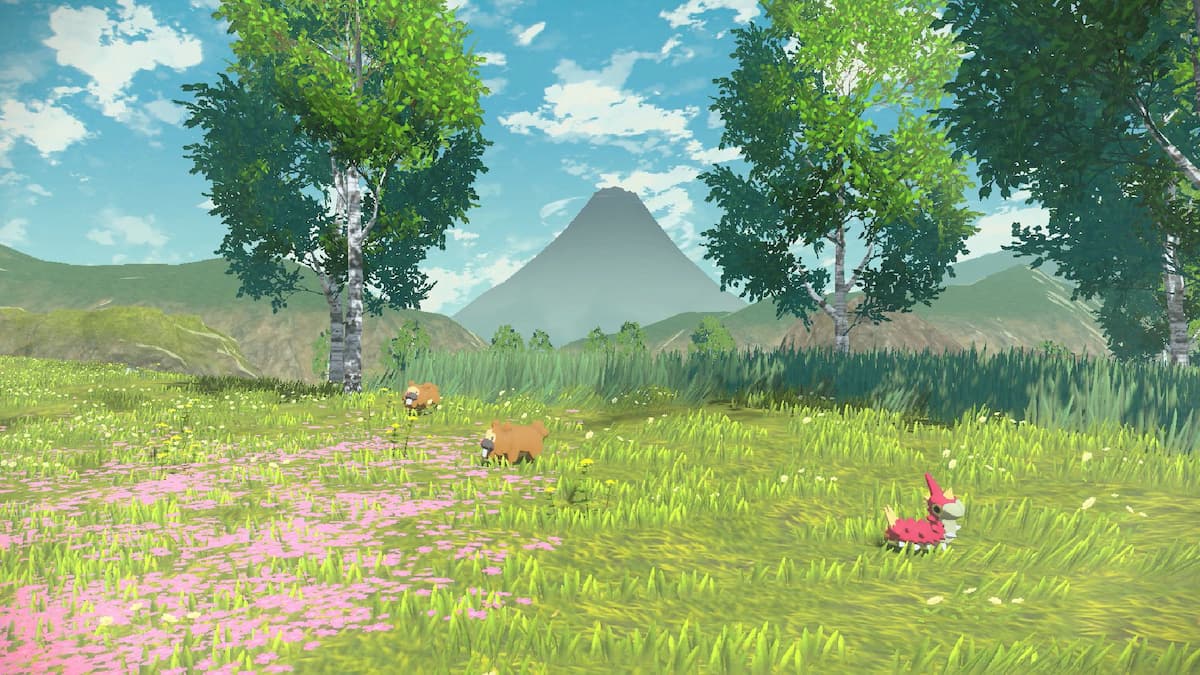
These characters spout out fun dialogue, but perhaps one day, we’ll have a Pokémon game where characters are more expressive. Despite the dense story, there is no voice acting. Blocking and character motions are extremely stilted; cutting to black when a character does something beyond waving their arms is unintentionally hilarious. Despite the strong characterizations, Jubilife and Hisui in general would feel dead without the Pokemon roaming in their habitats. NPCs stand around idly, waiting to give you some uninspiring side quest.
Pokémon Legends: Arceus looks nice, but it’s far from stunning. Biomes are distinct — a swamp, an island with a volcano, a snowy mountain, etc. But pop-in is prominent, and there’s a lack of detail on the natural elements of the world. Hisui for the most part does fulfill a “see that mountain? You can go there” feeling — until you learn how to climb or fly with Ride Pokémon and hit a wall of fog you can’t get past. I rarely experienced any chugging like with say, Pokémon Sun and Moon on 3DS, but I kept wondering in the back of my head what developer Game Freak could do given more time and resources to fully realize this world.
While we’re nitpicking, this game has excellent quality of life improvements that make Pokémon more streamlined and faster than I could have imagined — yet the game fails to relay some of these improvements to the player. Elements like Pastures, which is the replacement for PC boxes or the photo studio, or any word on how Merit Points and trading with friends work have to be found as a result of your personal curiosity, or by pure accident. Shockingly, I found out about most of these systems through tweets by peers and colleagues.
The verdict
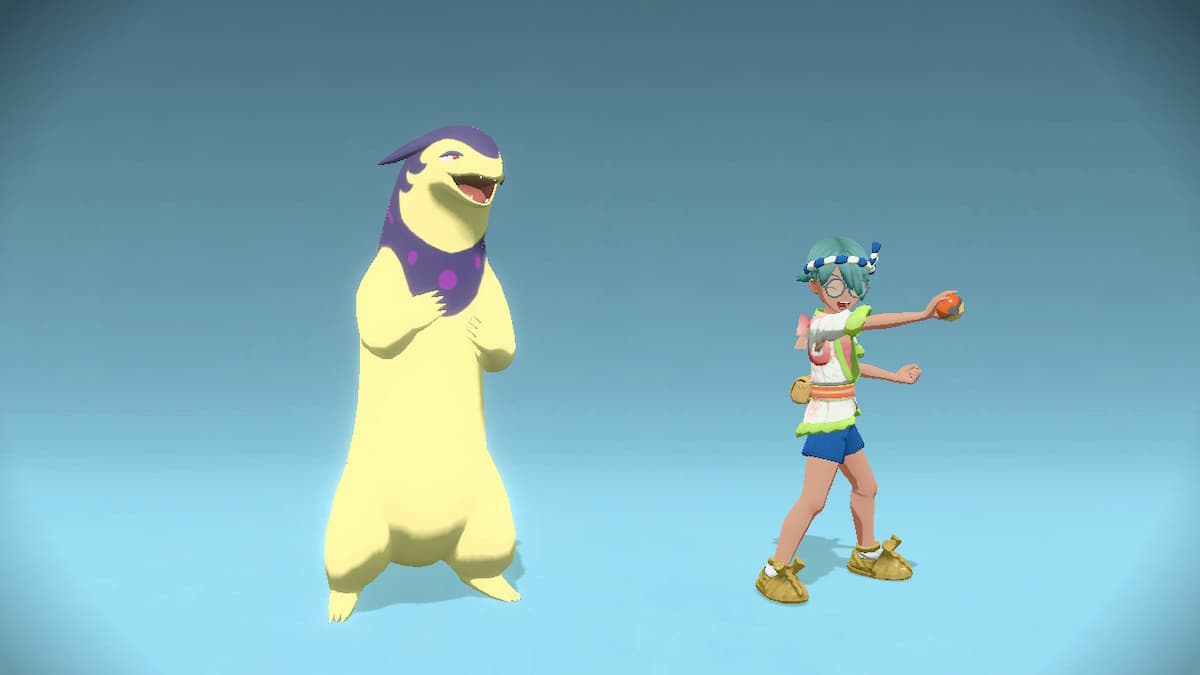
Pokémon Legends: Arceus is a frantic game about violence and tension. The most defining moment for its gameplay is running away in fear from a larger Alpha Pokémon, whilst you haphazardly toss Pokéballs at smaller, unsuspecting Pokémon in your path. Despite the grind, I felt motivated to catch these mons, rather than dreading random encounters like in previous games.
There is enough of the familiar in this title to make it accessible to longtime fans, but the success of its experimentations has spoiled me. It’s a Pokémon game with proper, tough boss fights. It’s the closest to open-world Pokémon we’ve ever had. Resources are abundant and crafting is essential. It’s a narrative that breaks from formula to deliver an origin story with texture, fit for discussion and debate. When the credits rolled, I felt that the journey ended too abruptly, and for once, I want to get deep into the endgame of a Pokémon title.
Game Freak has used the venerable foundation of decades of games to build Pokémon Legends: Arceus into a deeper RPG that is still distinctly Pokémon. With any luck, Arceus will be the foundation moving forward.
Final Score:
8.5 / 10
| + | Succeeds in retooling the idea of encountering and capturing Pokemon |
| + | The usual trappings of Pokemon gameplay have been sharpened and streamlined |
| + | A textured story that challenges you to rethink the premise of Pokemon |
| – | Lack of tutorials make essential gameplay aspects into unnecessary secrets |
| – | While not a disaster, the lack of graphical detail may upend the art style for some |
Gamepur team received a Nintendo Switch code for the purpose of this review.

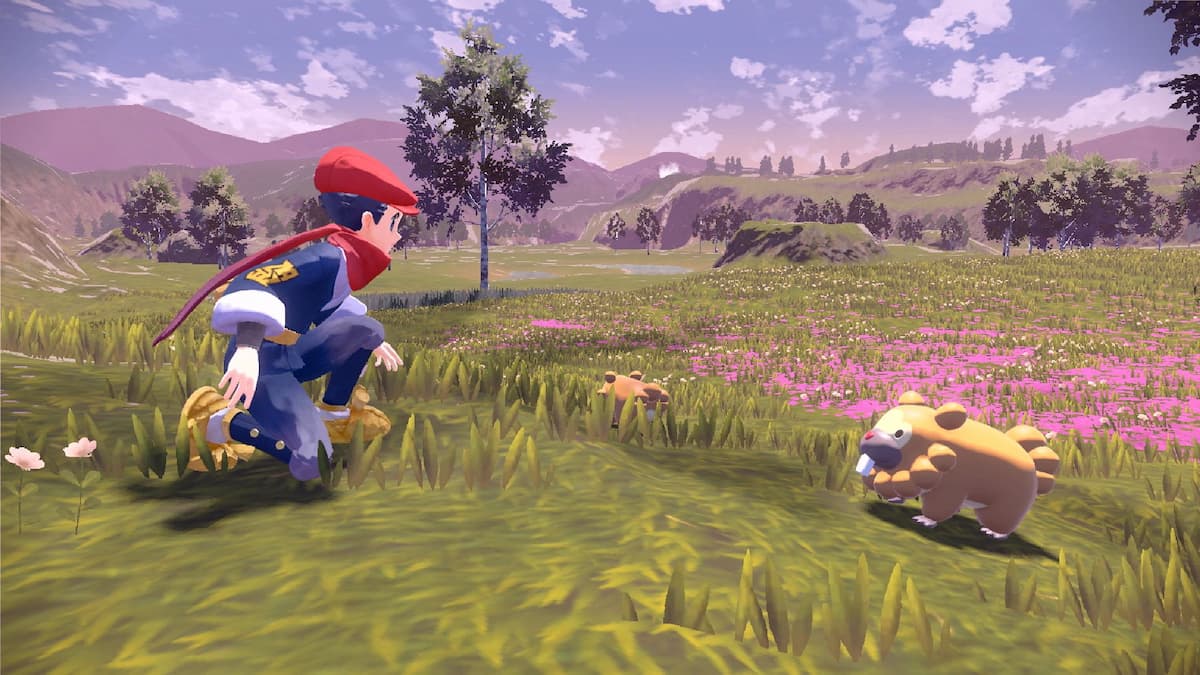
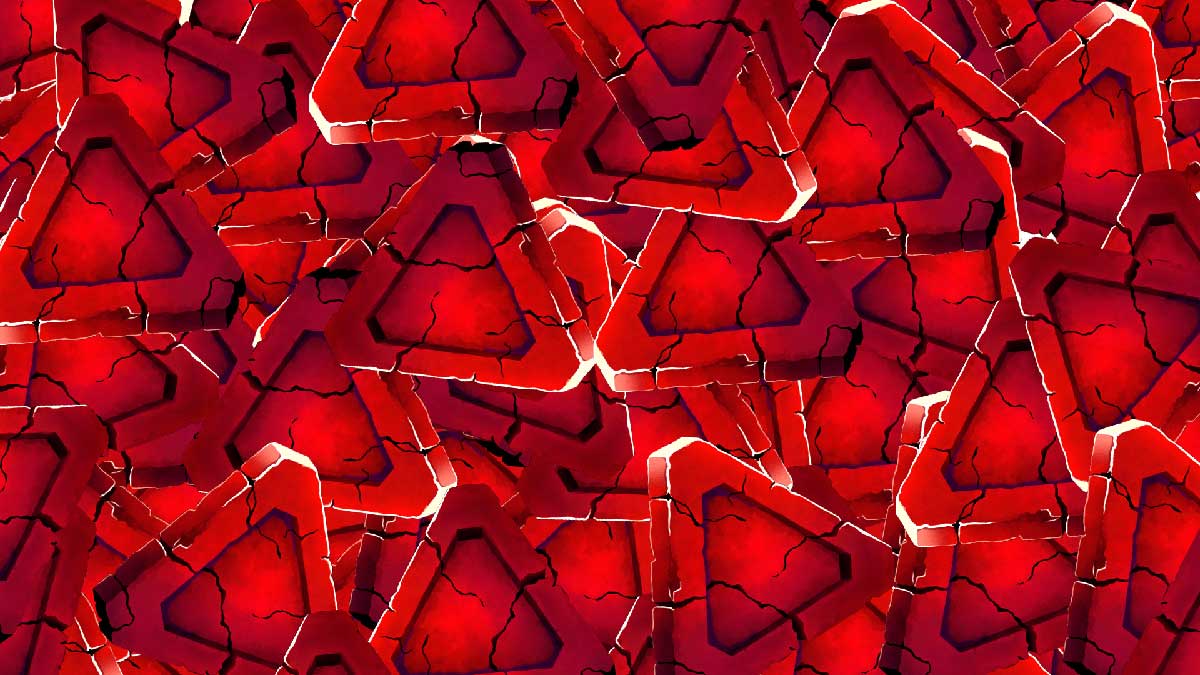
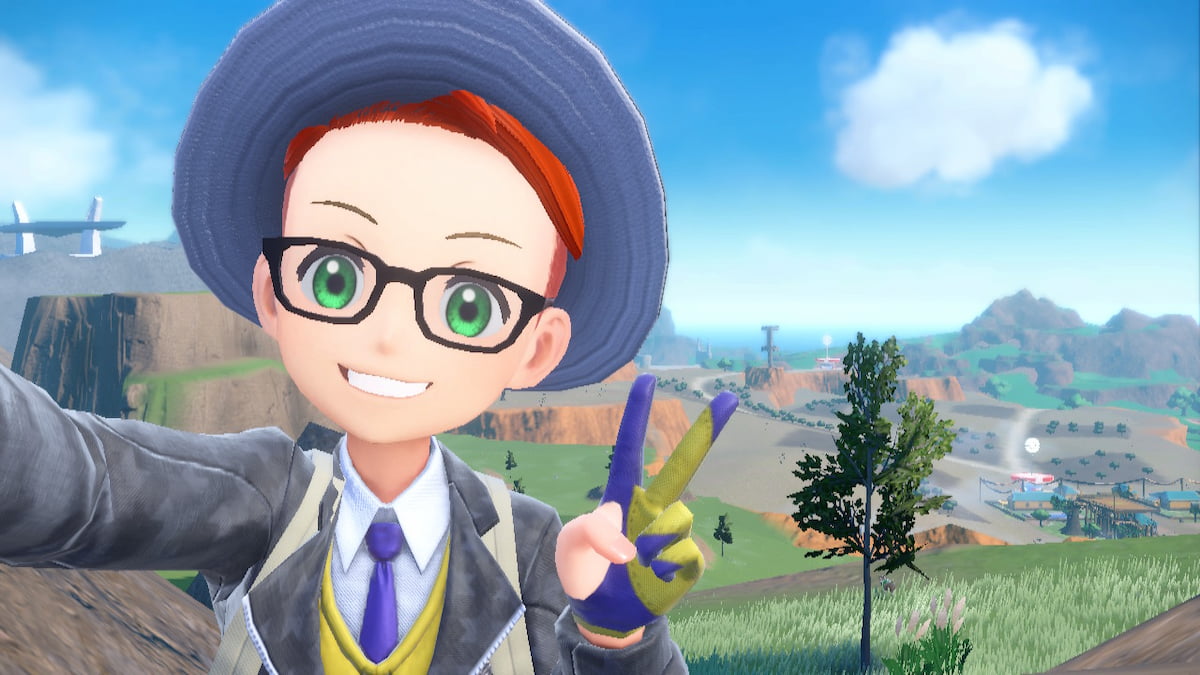
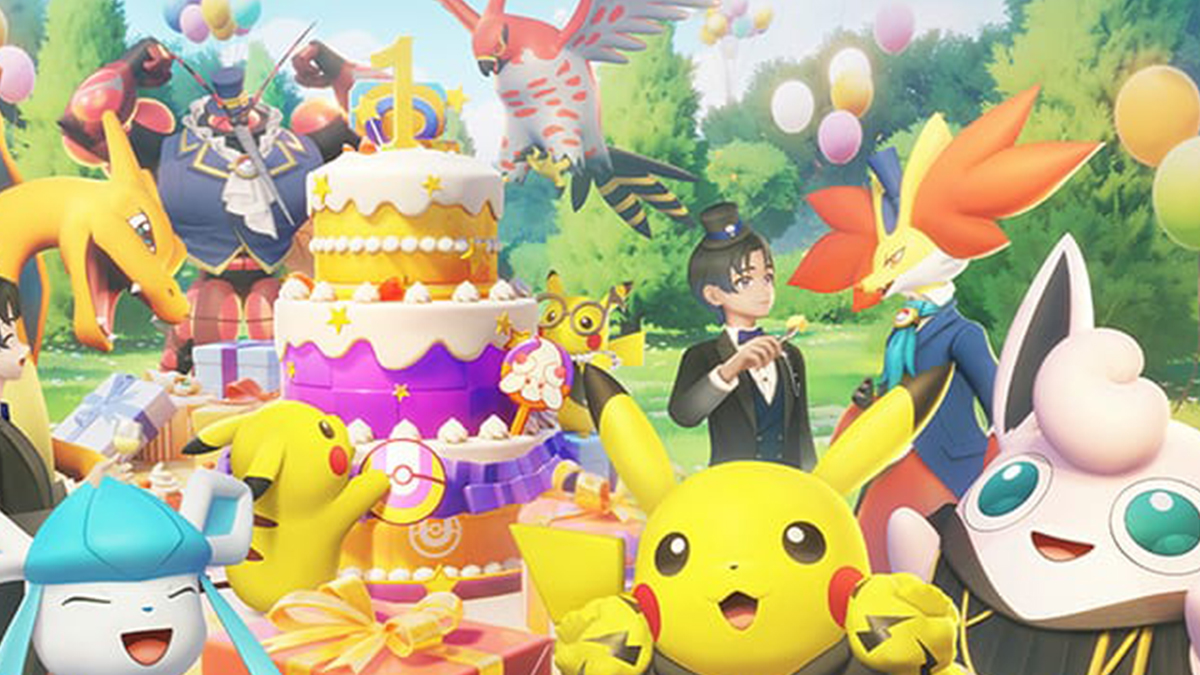
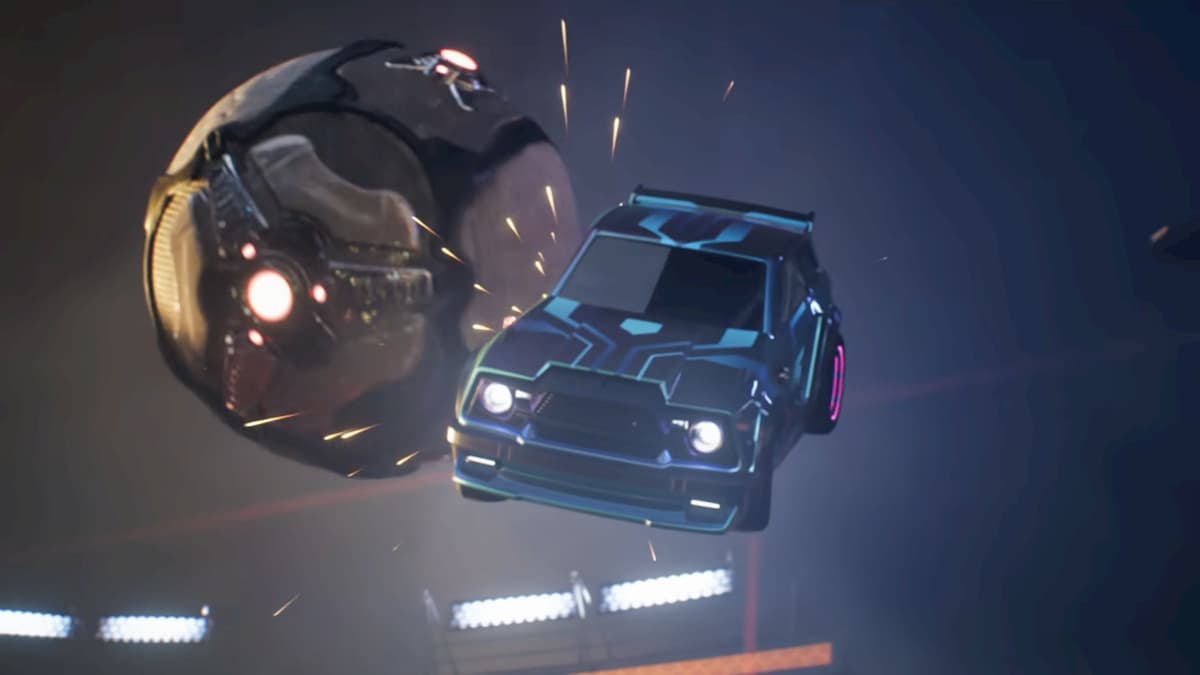
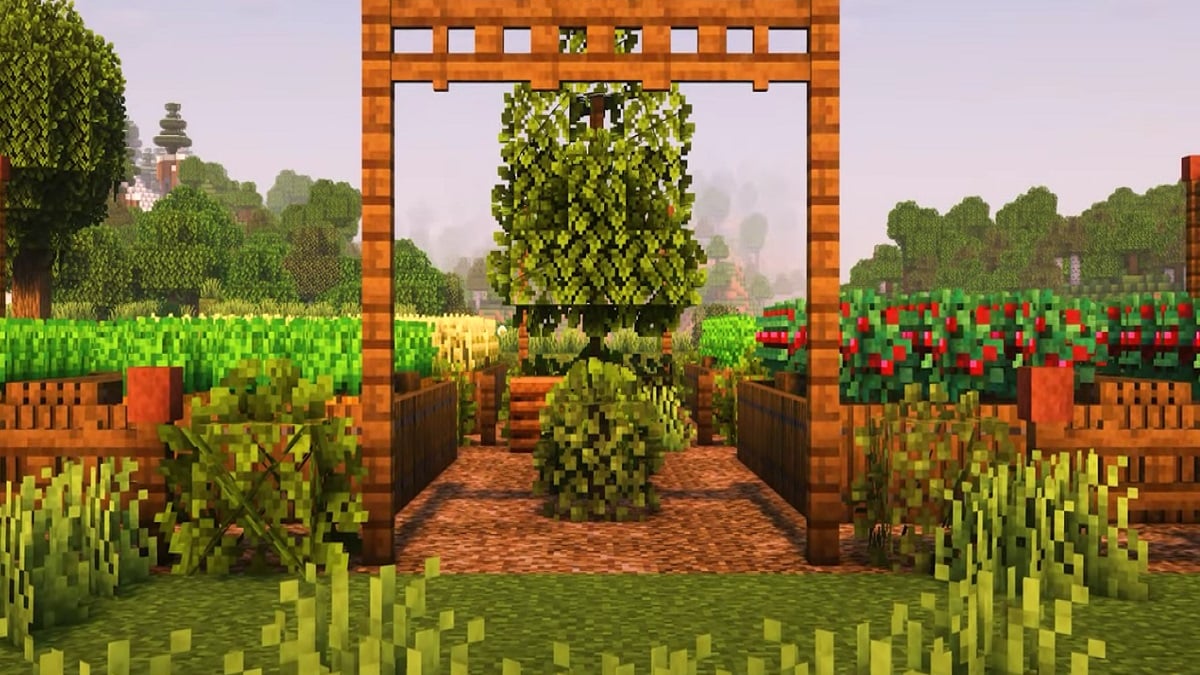
Published: Feb 4, 2022 04:47 pm